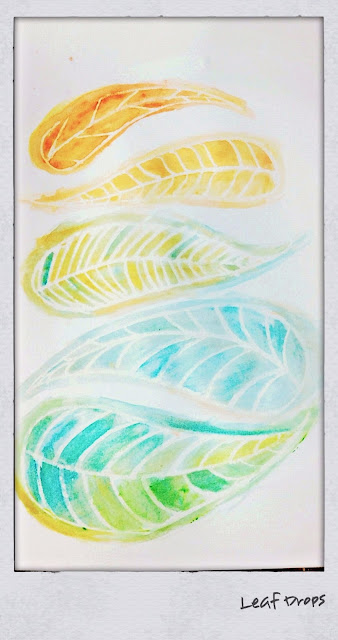This is a great way to reuse your plastic bottles, put your green thumb to work & let your plants water themselves!
It can be tough to find the time to water your plants, so why not let them help you!
 |
| beautiful. |
 |
| I Love Sage ! |
-- materials --
1 plastic bottle inculding cap
starter plant or seeds
scissors
1 nail or screw
a hammer
cotton or hemp twine about 1 foot long
organic soil or composted soil
-- cutting --
start your project by cutting your plastic bottle in half.
 |
| make sure not to loose your cap! |
once in half, cut around each piece getting rid of any pointed edges that may get in the way.
-- creating your wick --
get your hammer ready ! !
take your nail or screw & hammer it into the bottle cap.
this will create the hole in which you will pull your thread through.
like so :
be sure to knot your string with about a 2 inch loop at the end.
have the loop & knot end of your string be on the inside of your bottle cap.
what this will do is act as a wick which will draw the water from your created basin & into the plants soil. This way the plant will water & regulate itself keeping the soil moisture perfect for your plant!
-- creating your basin --
place your cap back onto your bottle
fill the bottom of your plastic bottle about 1/3 with water
now place your top part of your plastic bottle UPSIDE DOWN inside the bottom half
make sure the cap is completely submerged under water
as you can see, the string is already doing its job!
-- planting your seeds --
now you can either plant your seeds or starter plants directly into your bottle!
make sure you add enough soil & follow the seed packet instructions if using seeds
once planted, be sure to water the top part of your plant, filling the rest of the basin & making sure that the top & bottom soil are uniformly wet.
Before you know it your seeds will sprout and your soil will be regulated to perfection!
thank you for recycling!
keep getting crafty, sustainably of course.
namaste.

























